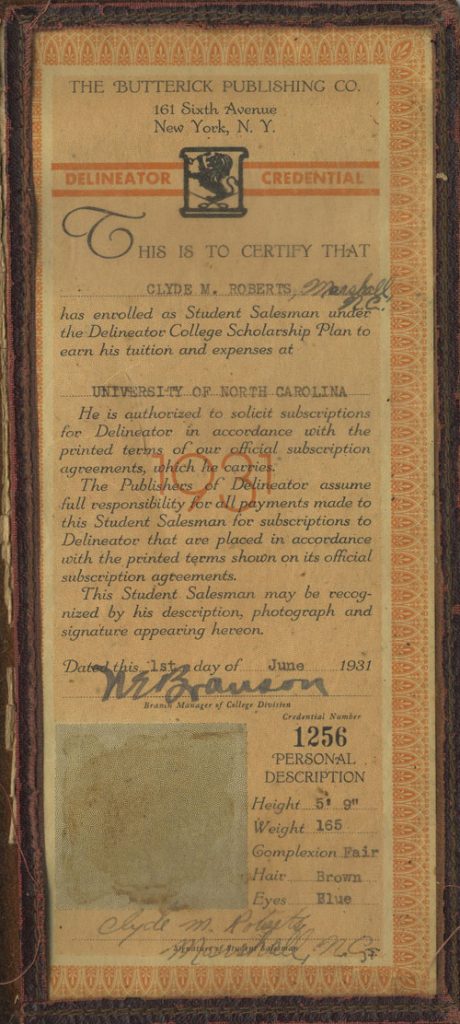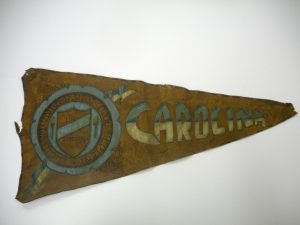Earlier this week I recalled some favorite quotes from North Carolina legislators. A few more dug from the same drawer:
“A good day’s pay for a decent salary — I believe in that.”
— Rep. Dan Lilley, D-Lenoir, sharing his thoughts on the work ethic (1981)
“Walking tackle boxes.”
— Rep. Frank Mitchell, R-Iredell, viewing with alarm the consequences of unregulated body-piercing (2001)
“You ever had a chigger on you? After they’re gone, you kind of miss the scratching?”
— House Speaker Liston Ramsey, D-Madison, waxing sentimental about retired gadfly Ivan Mothershead, R-Mecklenburg (1988)
“Still first in hams, second in yams and last in the SATs.”
— Sen. Bob Shaw, R-Guilford, deriding N.C. Democrats’ efforts at education reform (1995)
“The K&W Cafeteria Relief Act.”
— Sen. Fletcher Hartsell, R-Cabarrus, rebranding ethics legislation that discourages lobbyists from providing more upscale dining (2007)
“A scrooge on our environment.”
— Marc Basnight, president pro tem of the N.C. Senate, struggling for the appropriate condemnation of video poker (2007)




